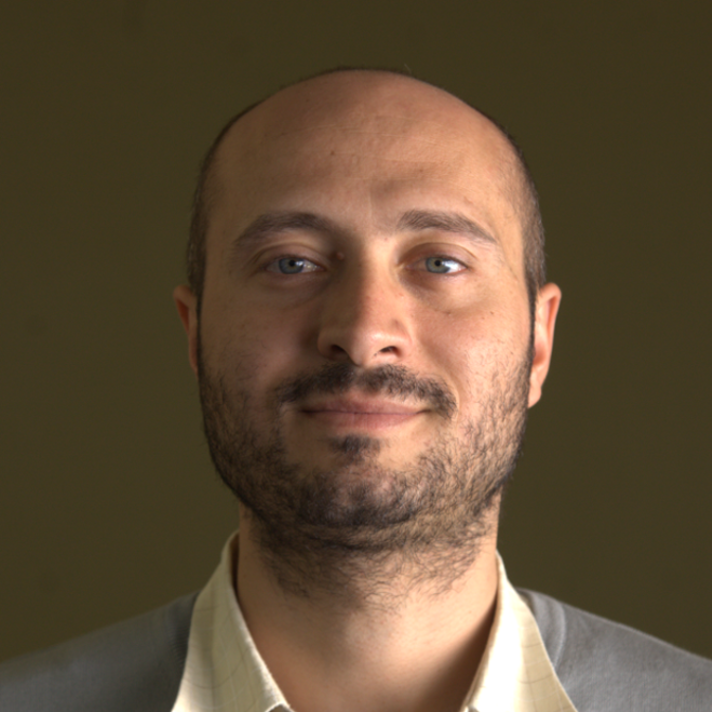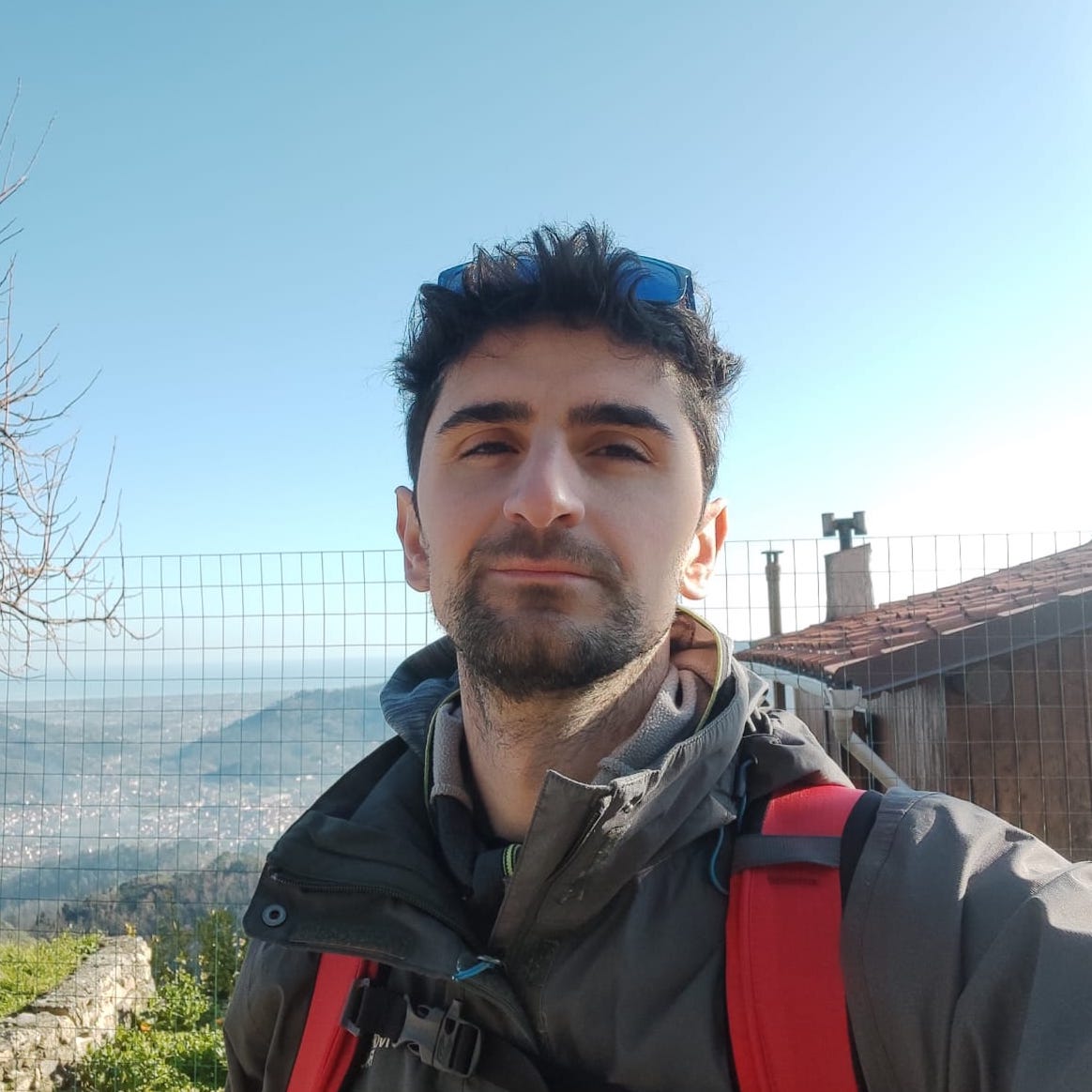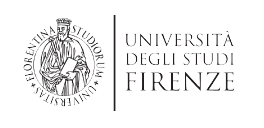Technology
Virtual Fencing for Adaptive Multipaddock Grazing
About the technology
The solution
The virtual fencing technology is a gps-based digital technology alternative to grassland fencing. The device is a solar powered, GPS enabled, livestock neckband that enables to remotely track, manage, fence and move a livestock around the farm using virtual boundaries or fences. These device are under commercial development by various enterprises and have never been tested in Meditgerranean contexts. The Salam MED LL in Sardinia is about to testing this technology with suckling cows.
Objectives of the project
The objective is to provide a field testing of this technology in a Meditgerranean silvopastoral systems with suckling cows. The testing is about the specific tolerance of the device by local livestock breeds and the agronomic performance of the grasslands related to the improved pasture management driven by the virtual fencing.
Ecological context
Mediterranean silvopastoral contexts.
Main constraints
The commercial availability of the device is critical at the moment. There might be problems in terms of animal welfare and the effectiveness of the virtual fencing systems under Mediterranean conditions.
The virtual fencing technology has never been applied before in SArdinian silvopastoral systems. This poses some concern and uncertainty about its acceptability by local animal breeds and livestock farmers. Animalists might be contrary to such technology in relation to the possible consequences on animal welfare particularly during the training period of the animals. The initial investment is relatively high but acceptable when comnpared to the cost of tranditional fencing.
Main business opportunities
The positive testing would open a formidable option for pastoral farms based on grazing as the rotational pasture techniques could substantially improve animal productivity at a low cost for fencing infrastructures and management when compared to traditional fencing.
Socio-economic context
Mediterranean silvopastoral systems are integrated in a mosaic of rural activities which benefit of the ecosystem services provided by grazed grasslands. These ecosystems are threatened by the low income per unit area and by a blocked generational turnover which is leading to land abandonment. Other more profitable rural activities (e.g. vineyards) appear as independent from silvopastoral activities while they benefit of the pastoral uses which prevents wildfires.
Information to maximize the adoption
The technology has never been used so far under Mediterranean conditions and with Sardinian local breeds. The LL testing requires skilled engineers to evaluate the actual benefits and possioble drawbacks of this technology in the Sardinian silvopastoral systems.
AMP requires fencing either true (electric or physical) or virtual. Most livestock farmers do adopt an extensive rotational grazing technique which is far less efficient in terms of herbage intake vs herbage availability in comparison to what could be achieved through AMP using high stocking rates for short periods and long resting periods for the grass to grow. Such technology requires skills in the monitoring of the grass aboveground biomass using devices like the “Grasshopper” tool and the ability to design a grazing rotational scheme able to maximize intake vs grass production. Virtual fencing techniques require testing and validation with respect to the animal species, breed and age and the reliability of the devices, which is still questionable. The background info required includes local data such as the shape files of each field/paddock, soil fertility characteristics, weather, animal species and breed, farm organization and feeding system, animal and grass performance indicators.
Indexes
Workers needed
Skilled workers are essential
Ease of use
Learning to use the solution requires little time
Adaptability
Quick and easy to be adopted
Effectiveness
The solution address the challenge / problem
Reliability
The innovation is sufficiently stable over time
Cost
The investment needed to implement the innovation
Greenhouse emissions
Impact of on climate change
Water availability
The impact of technology on water availability
Water quality
The impact of technology on water quality
Technology Feedbacks

Andrea Galante
Primo Principio S.c.a.r.l.
⭐ ⭐ ⭐ ⭐
In this section we expect that the various stakeholders who have tried the technology (or are interested in doing so) can leave their feedback and comments, describing their experience.We have planned texts that are not too long in order to keep navigation easy and usable.

Fracesco Martini
Abinsula S.r.l.
⭐ ⭐ ⭐ ⭐ ⭐
It is a simple and fast way to allow interaction with stakeholders and collect timely feedback on participation in living labs and on the impact of technologies.
Have you had the opportunity to try this technology?
Leave your feedback and we will publish it.
Living Labs for testing and implementing this technology
Living Labs as a crossroads for the development of sustainable and resilient technologies for environmental, economic and social progress.
Italy
Tech Responsible contacts
Pier Paolo Roggero
pproggero@uniss.it
References
Lorem ipsum dolor sit amet, consec tetur adipiscing elit, sed do eiusmod
Lorem ipsum dolor sit amet, consec tetur adipiscing elit, sed do eiusmod
Do you want to learn more about the suitability of our technologies?
Use our solution finder to check the usability of this technology in your area or agricultural business.
Leave your Feedback

![[Virtual Fencing for Adaptive Multipaddock Grazing] Collar](https://platform.salam-med.org/wp-content/uploads/2023/09/Virtual-Fencing-for-Adaptive-Multipaddock-Grazing-Collar.png)
![[Virtual Fencing for Adaptive Multipaddock Grazing] Application](https://platform.salam-med.org/wp-content/uploads/2023/09/Virtual-Fencing-for-Adaptive-Multipaddock-Grazing-Application.jpg)
![[Virtual Fencing for Adaptive Multipaddock Grazing] Other solutions](https://platform.salam-med.org/wp-content/uploads/2023/09/Virtual-Fencing-for-Adaptive-Multipaddock-Grazing-Other-solutions.png)
